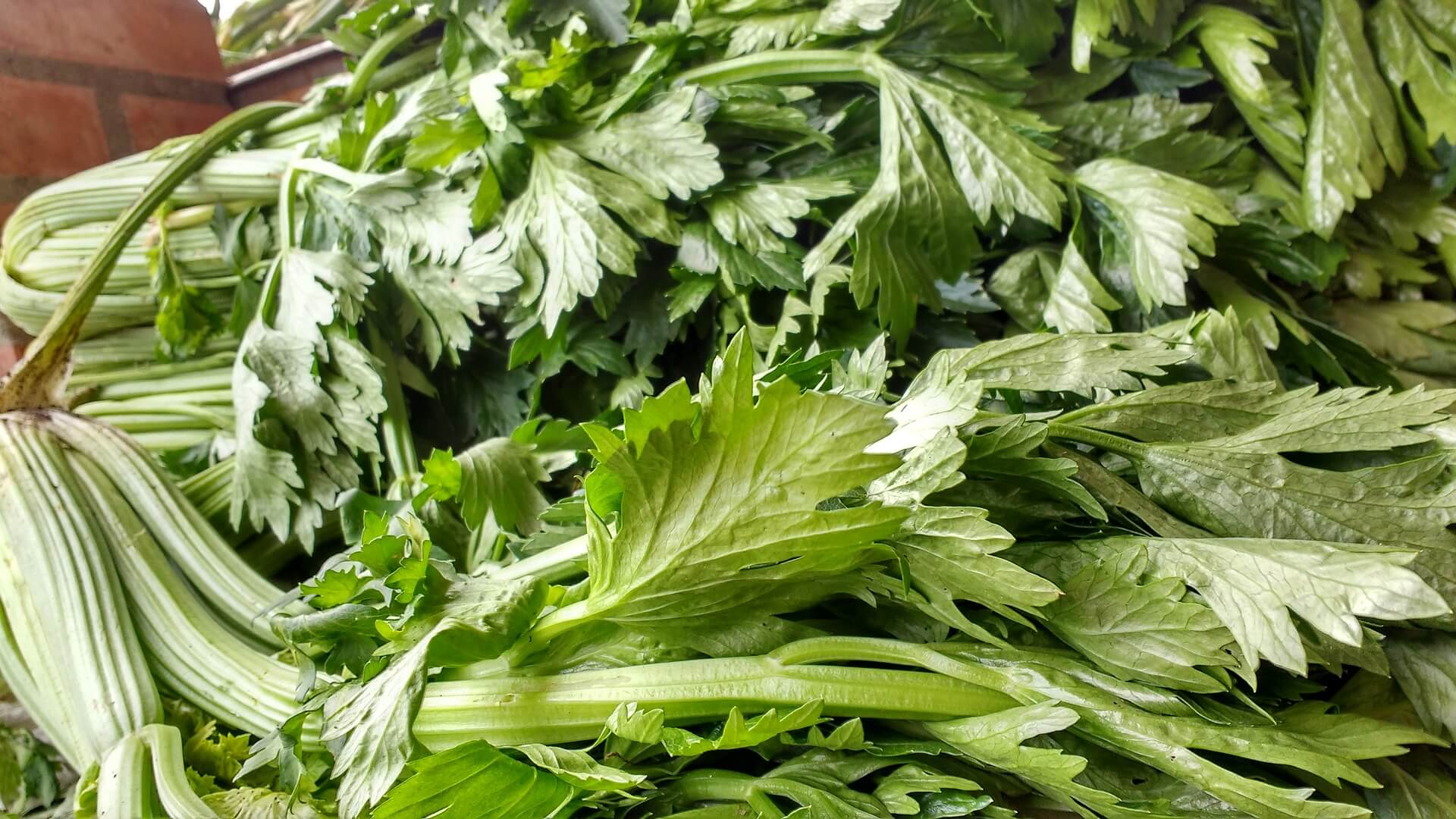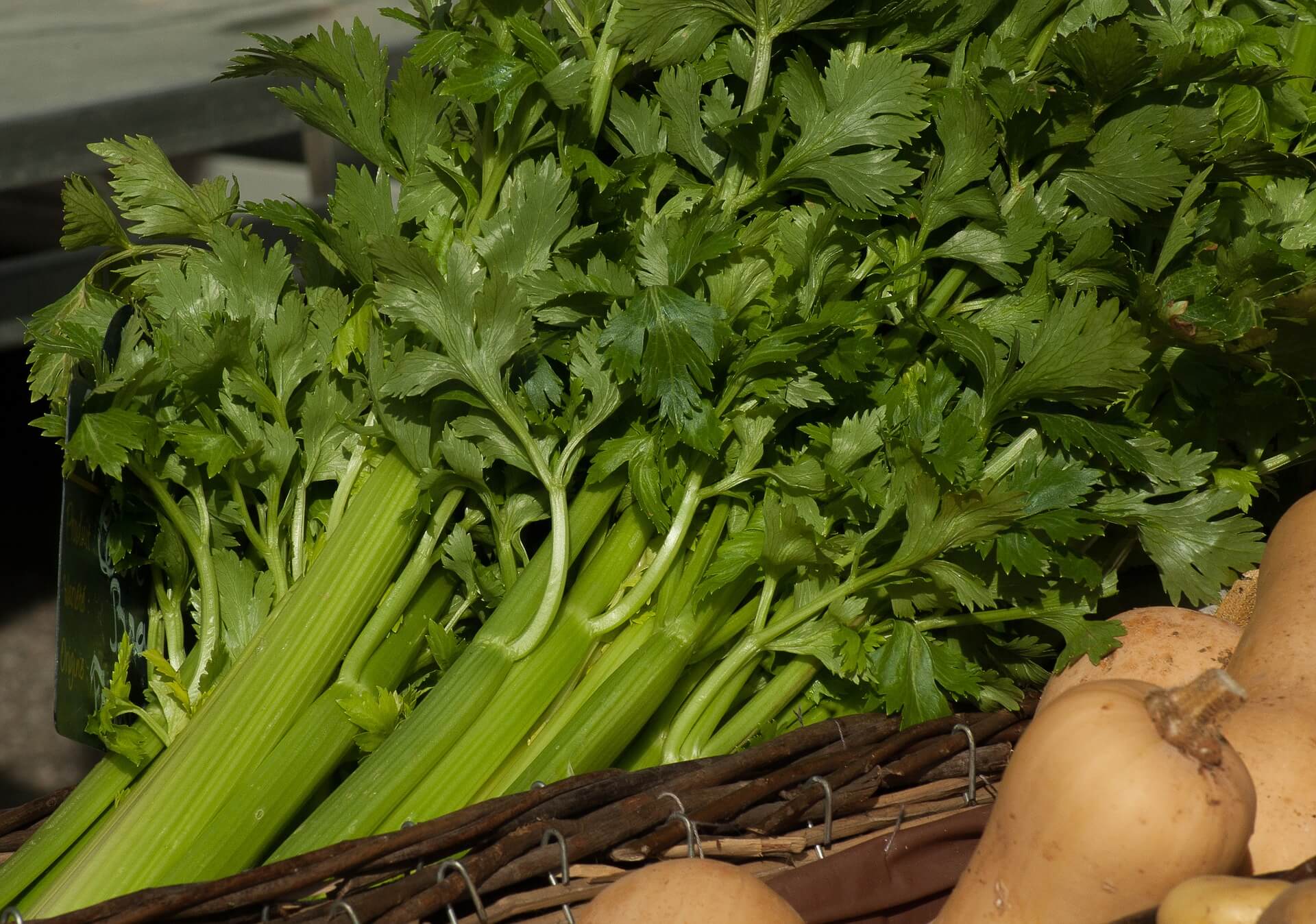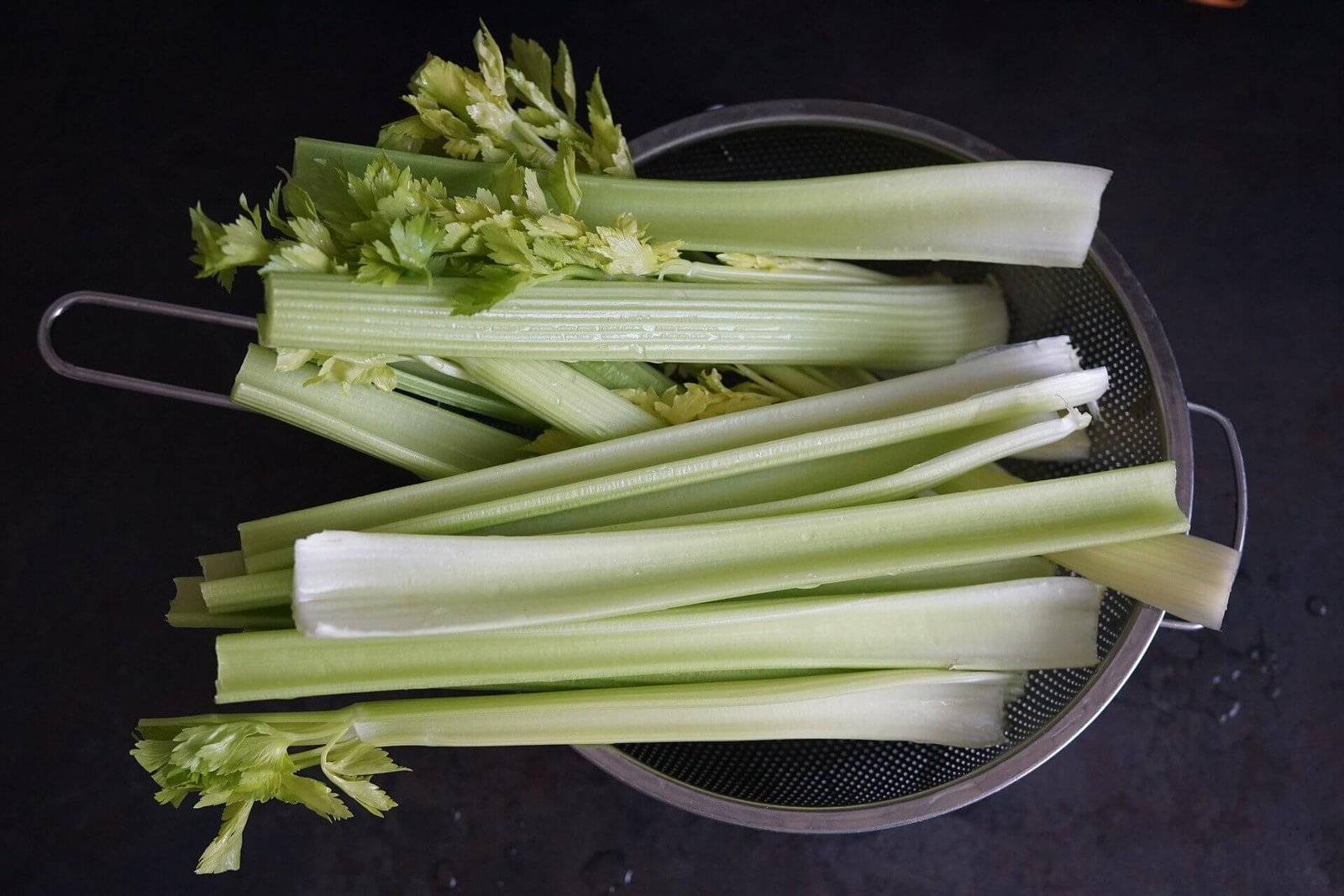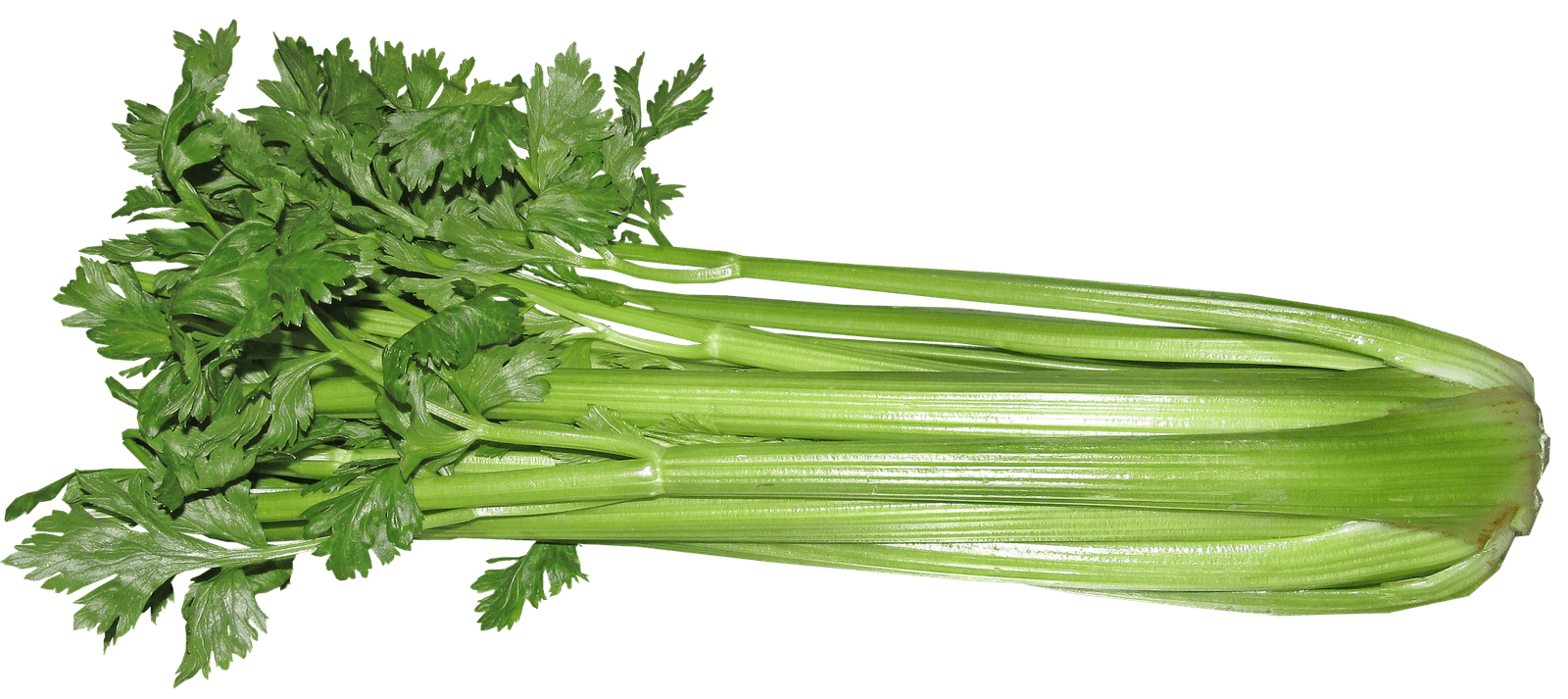Celery 6 Benefits, Risk factor and buy and store tips
 Overview
Overview
In the same family as carrots and parsnips, celery is a member of the Umbelliferae. It is believed to have originated in the Mediterranean region, where its medicinal properties made it extremely prized. Celery is most commonly associated with the popular green stalks grown in California, Florida, and Michigan. Green stalk, commonly called Pascal, comes in different varieties including Tall Utah and Golden Boy.
Despite the lack of flavor, it makes up for it with nutritional value. It has long been a favorite vegetable for low-calorie snacking. It can also be found on most veggie trays or with dips. Although many people are aware that it is low in calories, few are aware of the profound health benefits this antioxidant-rich vegetable can provide. Furthermore, its mild flavor and aroma can work well as dips as well as in a variety of soups and salads.
Nutritional Value

A serving of raw celery (80g) contains:
- 24 kJ / 6 kcal
- Protein Content: 0.44g
- Fat Content: 0.2g
- Carbohydrate Content: 0.7g
- Fiber Content: 1.2g
- Potassium Content: 256mg
6 Benefits
1. The Prevention of Cancer

In traditional Chinese medicine, it contains a plant compound called apigenin, which acts as an anti-inflammatory, antibacterial, antiviral, and antioxidant agent. Flavonoids and vitamin C are examples of well-known antioxidants. Antioxidants, such as these, prevent the oxidative stress that contributes to cancer.
2. Antioxidants
Antioxidants prevent damage to cells, blood vessels, and organs caused by oxidation.
There are at least 12 other kinds of antioxidant nutrients found in a single celery stalk besides vitamin C, beta carotene, and flavonoids. As a phytonutrient source, it can also reduce inflammation in the digestive system, cells, blood vessels, and organs.
3. Digestive health
It may offer special benefits to the stomach due to its antioxidant and anti-inflammatory nutrients. Studies on animals have shown that it contains pectin-based polysaccharides, such as human, which reduces instances of stomach ulcers, improves stomach lining, and modulates stomach secretions. It is also rich in soluble and insoluble fiber, as well as a high water content – almost 95 percent. This helps you stay regular and healthy.
4. Supports a healthy heart
It is packed with vitamins, minerals, and potassium, both of which are beneficial to the heart. Also present in this food are folate and vitamin K, which are essential for red blood cell formation and effective blood clotting. Flavonoids help protect the cardiovascular system by fighting inflammation and inflammation-causing compounds. Heart disease risks are lower in people who consume fibrous foods like celery.
5. A possible memory enhancer

The extract has been shown to improve cognitive function in an animal study conducted in 2017. The extract has been shown to provide neuroprotective benefits in studies examining dementia and Alzheimer’s patients.
6. Enhances blood sugar management

The fact that it has a low glycaemic index (GI) and a high fiber content makes it a useful food for people whose blood sugar needs to be monitored. In studies, it has also been shown to lower blood sugar levels.
Risk Factor
It is an important dietary ingredient for most of us, but some people may be allergic to it. Mild reactions may include symptoms such as sneezing, itchiness, or nasal congestion. Those with kidney stones or kidney-related conditions should avoid it as well due to its high oxalate content. In case of kidney-related health issues or concerns, be sure to seek the advice of your doctor.
Buy and store tips

- Sturdy stems. Choose celery that has sturdy stalks. Pull them easily and they shouldn’t bend.
- Leaves are crisp. Crisp, fresh leaves should range in color from pale to bright green. Look out for yellow or brown spots on the celery.
- You have to wait to chop. Just before cooking or serving, chop celery. The nutrients in celery are lost after even a few hours in storage.
- Steam them. When celery is steamed, its flavor and nutrients will be preserved.
- Aim to eat within five to seven days. For maximum nutritional value, eat fresh celery within five to seven days.
- Consume the leaves. Consume celery leaves as soon as possible after purchase, as they don’t store well.
The Best Way to Prepare

A variety of food preparation methods can be used to prepare a delicious celery-based meal or snack. TIn addition to eating raw, this vegetable makes a great dip. Other methods include boiling, blanching, or steaming.
You can include celery in your diet by choosing from these options:
- Slices of celery can be dipped in hummus.
- Adding peanut butter and raisins makes it even more delicious.
- To tuna salad, add chopped celery.
- For extra spice, stir fry celery slices with red chilies.
- In a chicken noodle soup, combine carrots and onions.
- Make a green smoothie by mixing spinach, bananas, and apples.
- Fill stalks with pimento cheese.
- Sprinkle bacon bits on cream cheese-covered celery stalks.
- Put crushed tomatoes, baby carrots, ginger, and garlic in the slow cooker with a pot roast.
Conclusion
Its seeds and extracts may offer a variety of health benefits, as well as making a crunchy, tasty addition to many dishes. They are also a healthy snack option with few calories. Research and traditional medicine have found celery extracts to be more effective than celery sticks. Evidence suggests that eating fresh fruits and vegetables can benefit the health of anyone in many ways.
There is a celery seed extract supplement on the market, but as with any supplement, you should consult your doctor about whether it is safe and effective before taking it. Some supplements can interact with medications or may otherwise be incompatible with certain people.



